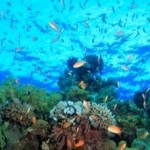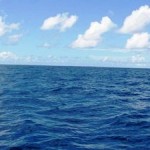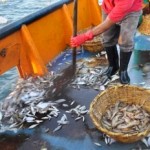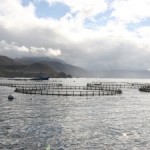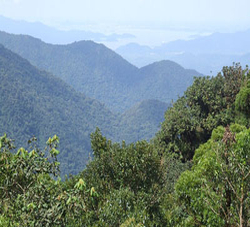While acknowledging that the most important way to address ocean acidification is by reducing carbon dioxide emissions globally, the research shows that by examining all the factors that contribute to risk, more opportunities can be found to prevent harm to human communities at a local level. Decision-makers can address socio-economic factors that lower the ability of people and communities to adapt to environmental change, such as low incomes, poor nutrition, lack of educational attainment and lack of diverse employment opportunities. NOAA’s Ocean Acidification Program and the State of Alaska are also developing tools to help industry adapt to increasing acidity.
The new study is the first published research by the Synthesis of Arctic Research (SOAR) program, which is supported by an inter-agency agreement between NOAA’s Office of Oceanic and Atmospheric Research and the Bureau of Ocean Energy Management (BOEM) Alaska Region.
Check the following link to read/download the Full Study – “Ocean Acidification Risk Assessment for Alaska’s Fishery Sector”:
http://www.sciencedirect.com/science/article/pii/S0079661114001141#
Source: NOAA.


